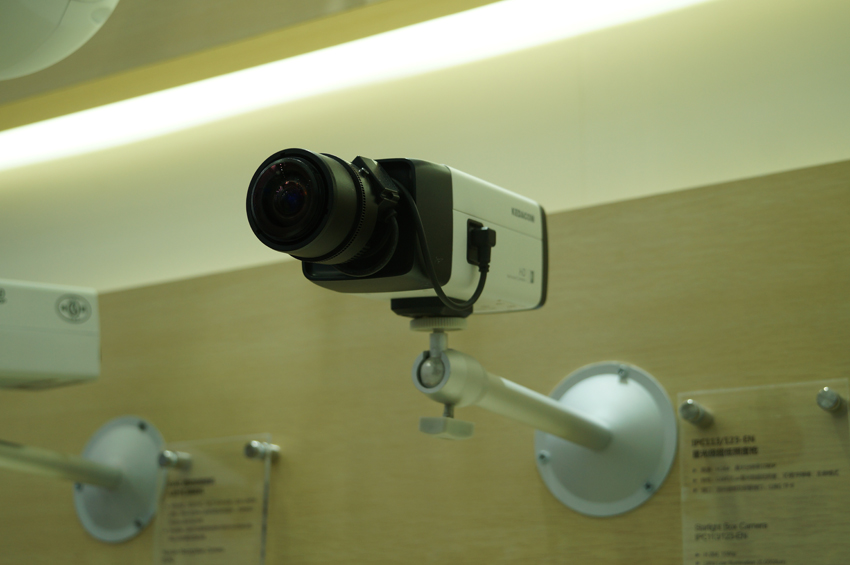
Installing a network camera, things you must know!
Great, you have already purchased a network camera that promised to deliver HD images and offer amazing features. However, to obtain the best performance, the way it's installed is very important. Before embarking on the installation, you may read the following tips on how to best achieve high-quality video surveillance based on correct installation and environment considerations. This article is suitable for anyone who wants to install HD analog cameras or network cameras.
1# Purpose of surveillance
If you want to get an overview of an area to be able to track the movement of people or objects, making sure a camera that is suitable for the task is placed in a position that achieves the objective. If the intention is to be able to identify a person or object, the camera must be positioned or focused in a way that will capture the level of detail needed for identification purposes. Security product vendors, distributors may also be able to provide guidelines on how best to position a camera.
2# Use sufficient light
It's normally easy and cost-effective to add strong lamps in both indoor and outdoor situations to provide the necessary light conditions for capturing good images.
3# Avoid direct sunshine
The direct sunshine will enter into camera image sensor after passing through lens, this will damage the camera, cause awful video degradation includes blurriness, changes in contrast, and eventually complete blackout. Additionally, it will blind the camera. If possible, position camera with the sun shine from behind the camera. Please note WDR and HLC will not help on this matter.
4# Avoid backlight
This problem typically occurs when attempting to capture an object in front of a window. To avoid this problem, re-position the camera or use curtains and close blinds if possible. If it is not possible to re-position the camera, add frontal lighting. Cameras with support for wide dynamic range are better at handling a back light scenario.
5# Reduce the dynamic range of the scene
In outdoor environments, viewing too much sky results in too high a dynamic range. If the camera does not support wide dynamic range, a solution is to mount the camera high above the ground, using a pole if needed.
5# Adjust camera settings
It may be necessary at times to adjust settings for white balance, brightness and sharpness to obtain an optimal image. In low light situations, users must also prioritize either frame rate or image quality.
7# Qualified outdoor installation
Although most of outdoor security cameras featured with waterproof design, we also realize the importance of qualified waterproof installation. Waterproof is the key factor for reliable working of your video surveillance system, especially for those outdoor security cameras. When install network cameras, inserting the unprotected wires into a junction box is required to avoid water infiltrating. Rainwater will run down along the outside of cable and drop off at the bottom of the loop, as shown on right figure. Without the loop, rainwater could more easily enter into the camera along the cable.
8# Surge and lightning protection
When camera is installed outdoor, using a surge protector/suppressor is mandatory. When selecting a surge protector, it's highly recommended to use one that is UL-1449 rated, for a clamping voltage of 330 or lower, a joule rating of at least 400 and a response time of 10 nanoseconds or less.
9# Disconnect power to install
Do not install the network camera when it connects to power supply (power distribution box, power adapter, PoE). Choosing the correct power supply for your network cameras.
10# Legal considerations
Video surveillance can be restricted or prohibited by laws that vary from country to country. It is advisable to check the laws in the local region before installing a video surveillance system. It may be necessary, for instance, to register or get a license for video surveillance, particularly in public areas. Signage may be required. Video recordings may require time and date stamping. There may be rules regulating how long video should be retained. Audio recordings may or may not be permitted.
Get My Latest Posts
Subscribe to get the latest updates.
Your email address will never be shared with any 3rd party.
Scan me




